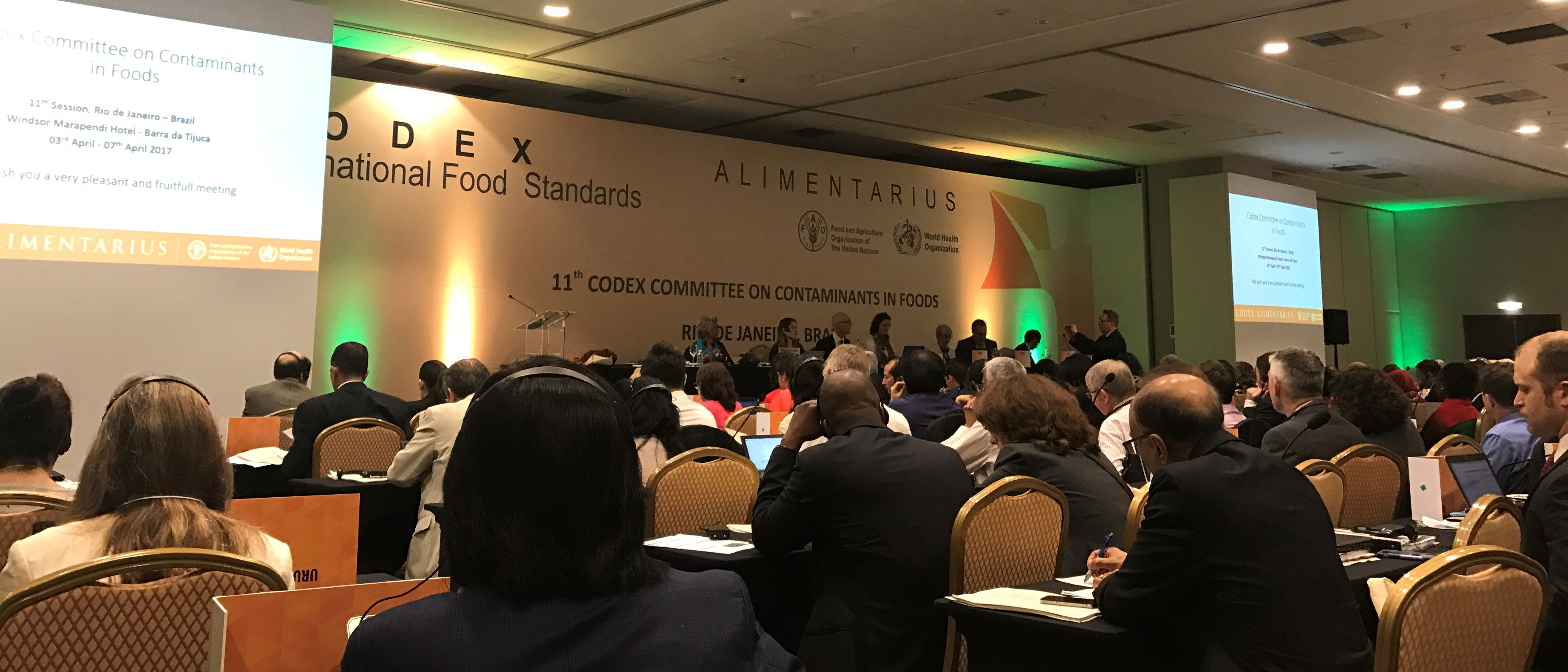 Food safety with mood lighting
Food safety with mood lighting
Apr 12, 2017
RIO DE JANEIRO, BRAZIL – Last week, USA Rice staff and Dr. Steve Linscombe, of the Louisiana State University AgCenter, participated in the eleventh session of the Codex Committee on Contaminants in Food (CCCF). The CCCF’s role is to identify priority contaminants in foods, set maximum levels for residues in food, and propose best management practices for growing or processing based on available risk and trade impact data. Contaminants are substances that have not been intentionally added to food but can occur naturally.
On the agenda for this plenary session was a Proposed Draft Code of Practice for the Prevention and Reduction of Arsenic Contamination in Rice (Code of Practice). The Code of Practice goal is to give options for agricultural production methods and risk communication to help countries that are above the maximum level for polished rice to identify ways to reduce arsenic levels and prevent further contamination.
"It’s important to note that U.S.-grown rice is below the maximum level for arsenic,” said Linscombe. “This Proposed Code of Practice is really aimed at those countries above the level available. The entire exercise should serve as a reminder to our customers and those concerned about arsenic in rice that the U.S. rice industry continues to lead the world in food safety.”
The Code of Practice was approved by the CCCF and will now move to the full Codex Commission (CAC) for adoption this summer. A Code of Practice is non-binding and can be updated as new data becomes available.
The Codex Alimentarius, or "Food Code" is a collection of standards, guidelines, and codes of practice that contribute to the safety, quality, and fairness of the international food trade, and CAC is the central part of the United Nations’ Joint Food and Agriculture Organization and World Health Organization (FAO/WHO) Food Standards Program.